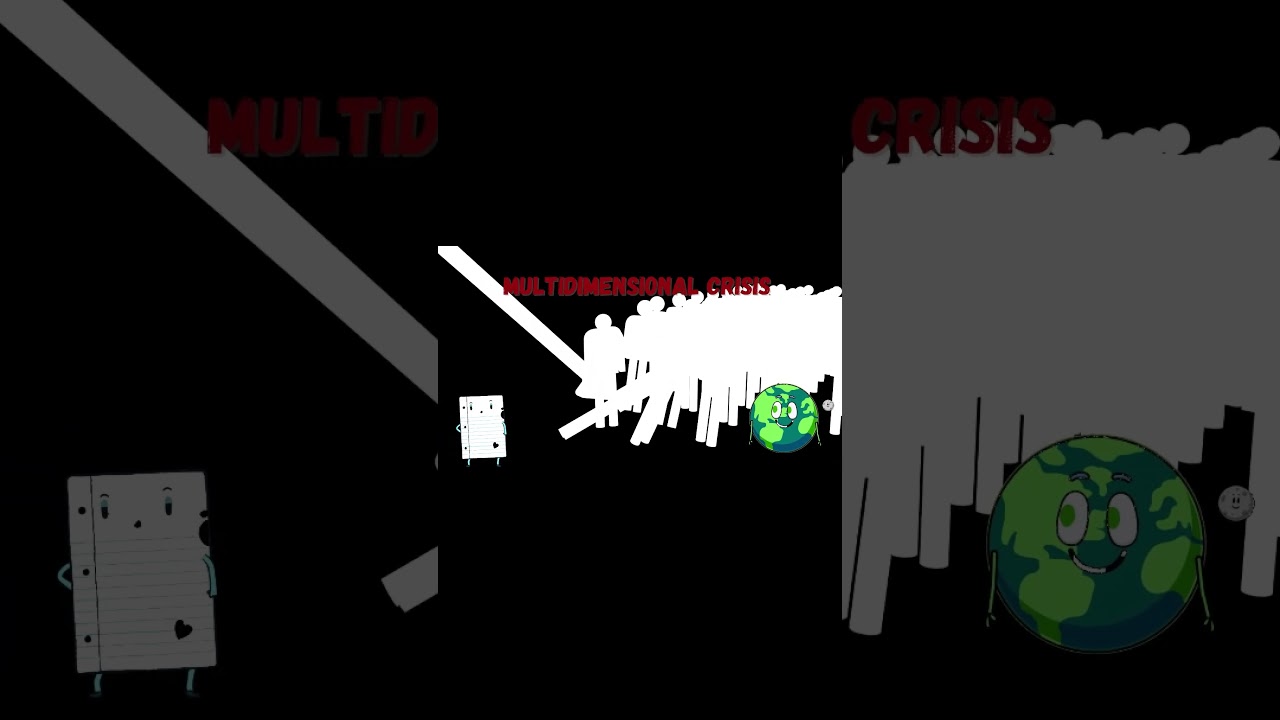Cuba Uncovered: Fascinating History, Unique Facts, and Today’s Cuba Explained
Nestled in the northern Caribbean, Cuba is a vibrant island nation celebrated for its rich history, dynamic culture, and stunning landscapes.
History: Cuba’s history is a mosaic of indigenous Taíno roots, Spanish colonization, African influence, and revolutionary ideals. From its early colonial settlements to the Cuban Revolution in 1959, these elements have collectively shaped Cuba’s unique national identity.
Current Situation: Today, Cuba operates as a socialist republic led by a single-party system. Havana, its capital, serves as the cultural and political center, with the country experiencing gradual reforms that influence economic and social spheres.
Economy: Cuba’s economy is largely state-controlled, with key sectors including tourism, agriculture (especially sugar and tobacco), biotechnology, and medical services. The recent growth in tourism has made it a significant contributor to the national income.
Policy: Cuban policies emphasize social welfare, aiming to provide healthcare and education for all citizens. Recent economic reforms allow for limited private enterprise, creating opportunities for small businesses and foreign investment.
Society: Cuban society is known for its warmth, resilience, and community spirit. A diverse cultural heritage is celebrated through music, dance, and arts, with deep-rooted traditions and a strong sense of national pride.
Language: Spanish is the official language spoken throughout Cuba, with distinct regional accents and expressions that reflect the island’s multicultural history.
Currency: Cuba has two official currencies: the Cuban Peso (CUP) and the Cuban Convertible Peso (CUC), though the CUC is gradually being phased out as part of recent monetary reforms.
Location: Positioned at the entrance of the Gulf of Mexico, Cuba is the largest Caribbean island, located just south of Florida in the U.S. Its location makes it a gateway between North America and the Caribbean.
Religion: While Cuba is officially secular, religious practices include Roman Catholicism, Protestantism, and Afro-Cuban religions like Santería, blending African spiritual practices with Catholic traditions.
Climate: Cuba has a tropical climate, with warm temperatures year-round, distinct wet and dry seasons, and occasional hurricanes from June to November.
Quality of Life: Cuba offers a high level of social support, with universal access to healthcare and education. However, economic limitations and supply shortages impact daily life for many Cubans.
Security & Safety: Cuba is generally safe for residents and tourists, with low violent crime rates. However, travelers should be cautious of petty theft, particularly in tourist areas.
Health: Cuba’s healthcare system is globally renowned, offering free healthcare to its citizens. Tourists can access healthcare, but travel insurance is recommended.
Culture & Traditions: Cuban culture is vibrant, with strong traditions in music, dance, and art. Salsa, mambo, and the rumba are emblematic of Cuban dance, while Cuban art reflects the island’s diverse heritage and revolutionary history.
Education System: Cuba’s education system is well-regarded, with a strong focus on literacy and scientific achievement. Education is free at all levels, including higher education.
Typical Food & Gastronomy: Cuban cuisine blends Spanish, African, and Caribbean flavors. Iconic dishes include ropa vieja (shredded beef), moros y cristianos (rice and black beans), and lechón asado (roast pork).
Main Economic Sources: Tourism, healthcare services, agriculture, and biotechnology drive Cuba’s economy. Tobacco, especially for Cuban cigars, remains a significant export.
Places You Should Visit: Explore Old Havana’s colonial charm, the white sands of Varadero, the historic town of Trinidad, and the lush Viñales Valley, each showcasing Cuba’s rich history and natural beauty.
All You Should Know Before Travel: Researching local customs, currency exchange options, and health requirements will enhance your travel experience in Cuba.
Activities You Should Do: Experience Cuban culture by dancing salsa, exploring historic sites, taking a classic car tour, visiting local farms, or relaxing on pristine beaches.
Famous Places: Discover the iconic Malecón in Havana, the historic Bay of Pigs, and the vibrant Plaza Mayor in Trinidad for a glimpse into Cuba’s history and culture.
Main Forms of Transport: Get around Cuba by bus, cocotaxis, classic cars, and domestic flights, with Havana serving as a major transportation hub for travel across the island.
Lifestyle: The Cuban way of life is grounded in resilience, warmth, and a strong sense of community.
Fun Way to Learn: Dive into Cuban culture with dance classes, cooking lessons, and art workshops to gain a hands-on understanding of the island’s unique traditions.
Tourist Tips: Make the most of your visit with tips on navigating currency, staying connected, and enjoying Cuban cuisine and hospitality.
source

